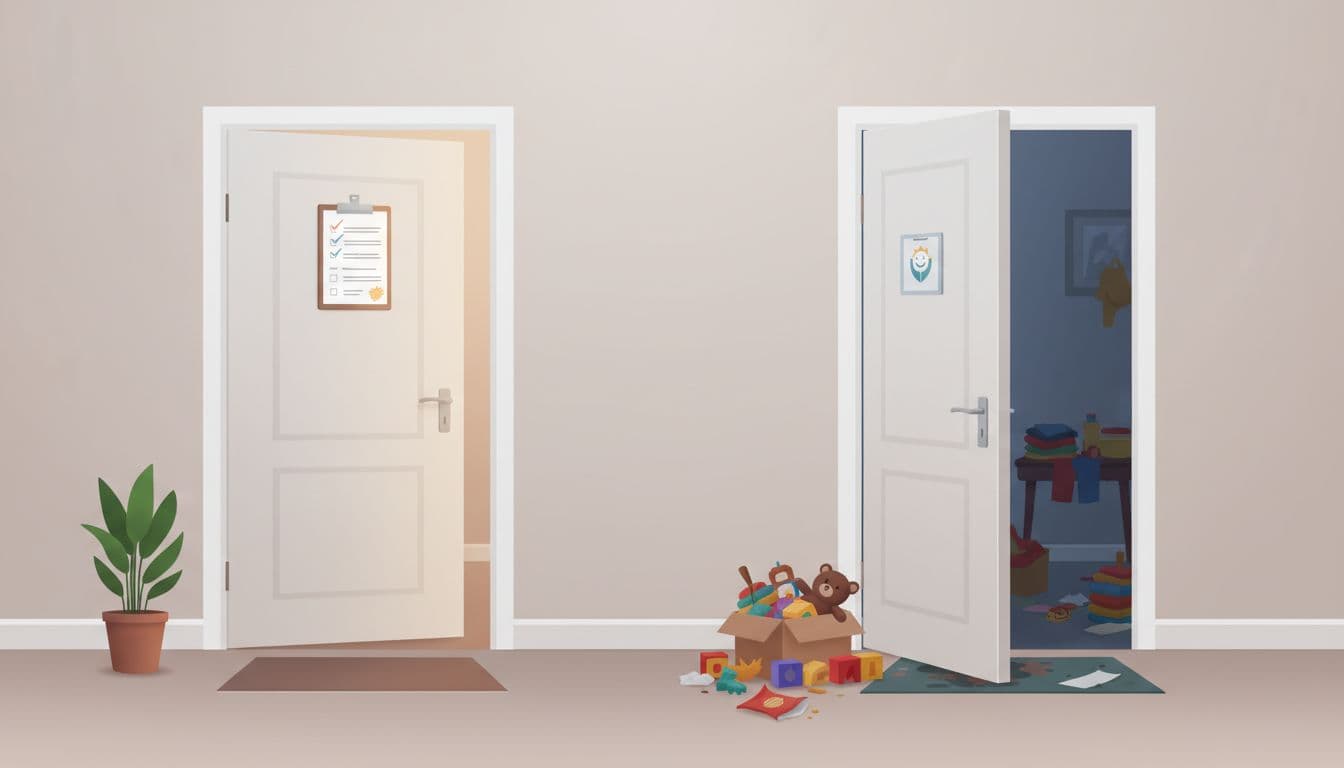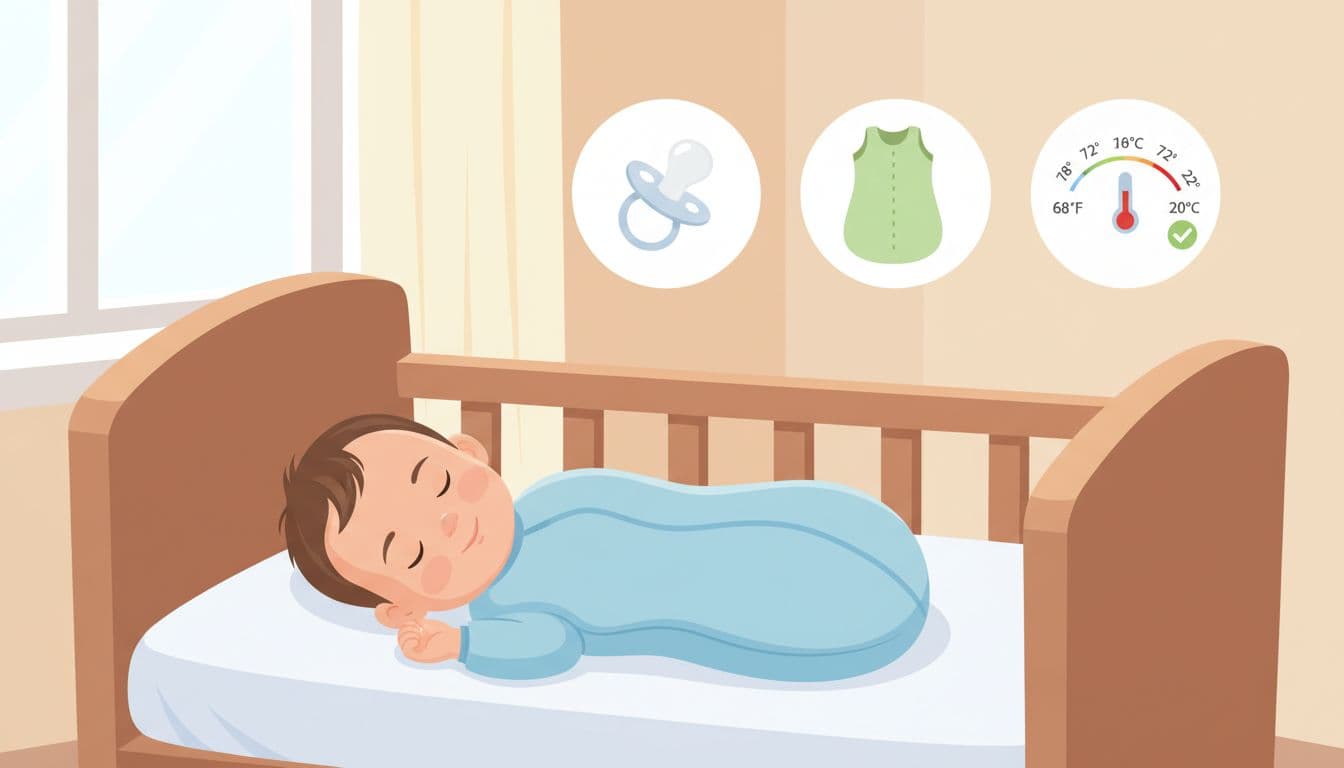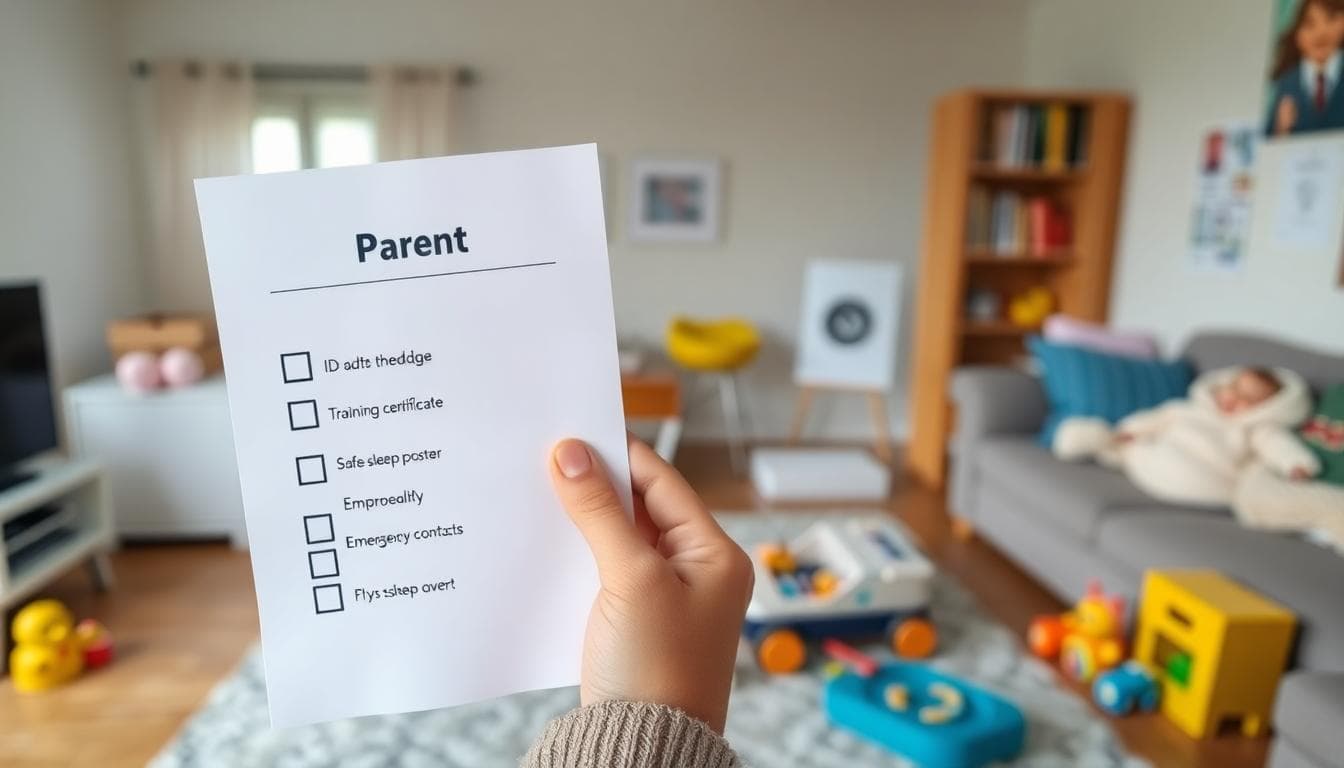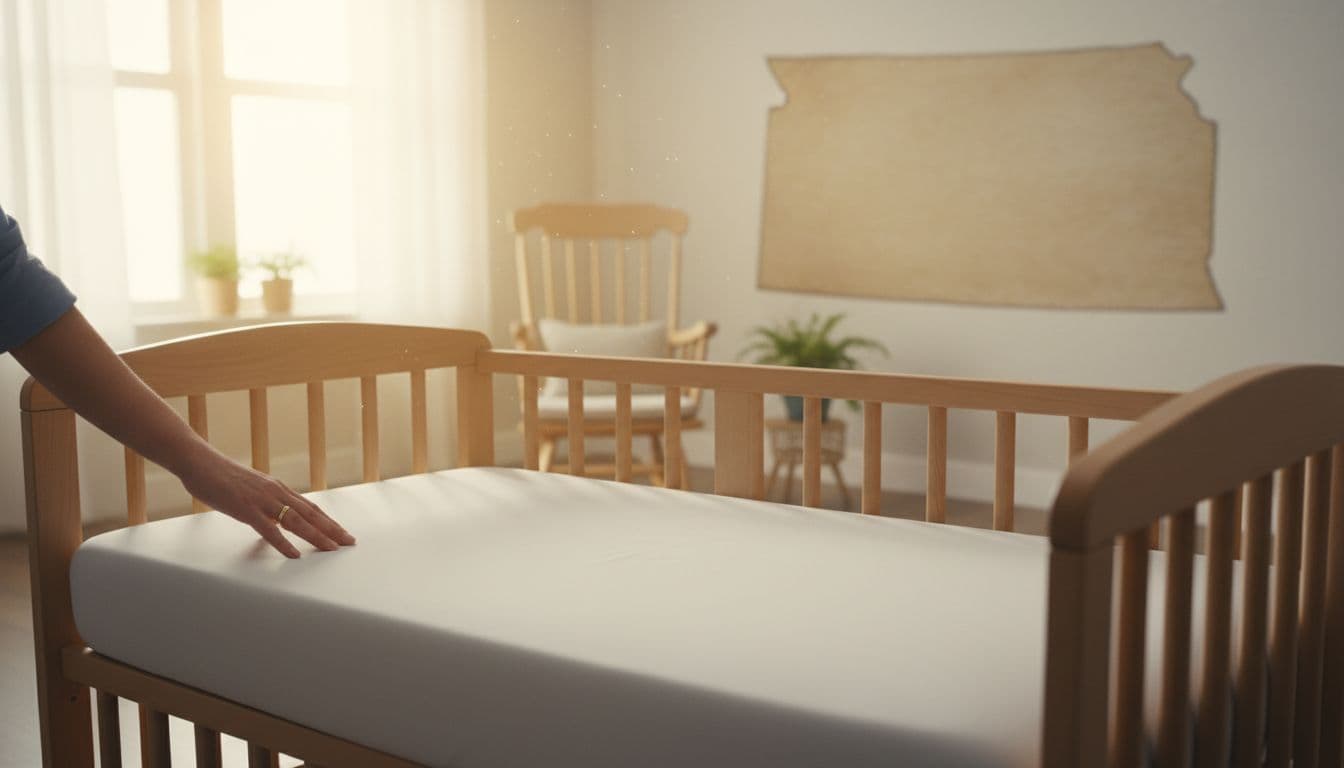Overview
Kansas passed a compromise law that changes how at-home day care is regulated. Supporters say it increases access and flexibility. Critics warn it adds risk for children, especially infants. The Kansas State Child Death Review Board (SCDRB) raised serious safety concerns in its new annual report, urging parents to stay alert and informed when choosing care.
The law, known as House Bill 2045, created the Office of Early Childhood. It also expanded allowances for unlicensed care. That policy shift drew pushback during the session. Now the review board echoes those concerns, pointing to data on deaths tied to unsafe sleep and unlicensed settings.
What The New Law Does
HB 2045 is a bipartisan compromise. It stood up a new office to coordinate early childhood services. At the same time, it eased rules on unlicensed home-based providers. They can care for more children and for longer hours than before. Backers argue this helps address shortages and cost. The board worries it could weaken key safety checks if parents are not careful.
One key point is oversight. Licensed providers must complete training, pass background checks, and follow safe sleep rules. Unlicensed providers do not have the same level of review. That is where the board sees higher risk.
What The Annual Report Found
The SCDRB reviewed every child death in Kansas. The latest report uses 2023 data and shares five-year trends. The findings on child care are sobering. Over the most recent five years, 16 children died in care settings. Fourteen were infants. Thirteen of those infant deaths were linked to unsafe sleep environments.
Nine deaths occurred at unlicensed providers. Two occurred at licensed providers who were out of compliance. Five deaths occurred in licensed settings, including one where the child lived in the same home as a day care. The report says licensing, training, and checks matter. It ties safer outcomes to consistent rules and oversight.
The board supports access and affordability. It also stresses that expanding unlicensed care increases risk if families are not equipped to judge safety. It urges parents to verify training, ask about safe sleep policies, and review the setting closely.

Supporters’ View
Some lawmakers defend the law. They say it empowers parents to make choices that fit their needs. They argue that local communities and families know best, and that loosening rules helps with access and affordability. They push back on the idea that deregulation equals danger, and encourage informed choice instead.
The board responds that informed choice depends on clear information and standards. Its view is that licensing and training are proven tools. Without them, the odds of unsafe conditions, especially for infants, go up.
Why Safe Sleep Is Critical
Infants face the highest risk in unsafe sleep setups. The data reflects that. The most common problems are soft bedding, loose blankets, toys in the crib, and stomach sleeping. Overheating is a factor too. Licensed providers follow safe sleep training. Unlicensed providers might not be aware of the rules or why they matter.
Parents can reduce risk by checking the sleep area. Look for a firm mattress with a fitted sheet. No pillows, blankets, bumpers, or stuffed animals. Place infants on their back for every sleep. Keep the room at a comfortable temperature. Ask about naps, supervision, and how staff are trained.

A Parent’s Vetting Checklist
Here is a simple checklist you can use when touring a provider. Use it for both licensed and unlicensed settings.
- Safe sleep: infants on their back, firm mattress, fitted sheet only.
- Training: current CPR, first aid, and safe sleep training for all caregivers.
- Background checks: verify screening for everyone who lives or works in the home.
- Ratios and supervision: clear headcounts, eyes-on policies for naps.
- Emergency plan: posted contacts, drills, and a working landline or charged phone.
- Medication and allergy plans: written permissions, storage, epinephrine readiness if needed.
- Environment: tidy spaces, outlets covered, poisons locked, firearms secured, pets managed.
- Records: attendance logs, incident reports, and parent communication notes.

How Parents Can Balance Access And Safety
Child care access is tight in many Kansas communities. That pushes families to consider unlicensed options. You can still protect your child by asking direct questions and observing routines. Ask to see training certificates. Watch a nap setup from start to finish. Confirm background checks. Meet everyone who will care for your child. Start with a trial period and inspect daily.
If a provider is defensive about basic safety questions, consider it a red flag. Most quality providers will welcome your interest. They will walk you through policies and show you how they follow them.
Policy Ideas To Watch
Debate will continue in Kansas over how to balance access and safety. Watch for proposals that:
- Preserve safe sleep training, even for unlicensed providers.
- Expand affordable licensing pathways and onsite coaching.
- Improve transparency around complaints and violations.
- Support families with subsidies tied to safety standards.
- Fund home-visiting and parent education on infant sleep.
These steps aim to widen access while keeping a focus on proven safety practices.
The Kansas Child Death Review Board backs access and affordability, but it warns of higher risks in unlicensed care. Its data shows most child deaths in care settings involve infants and unsafe sleep. Parents can lower risk by using a clear checklist, confirming training, and observing daily routines. As policy shifts unfold, informed, vigilant choices make the biggest difference right now.
To contact us click Here .

